Princess Elizabeth takes tea at Preston Manor in 1945
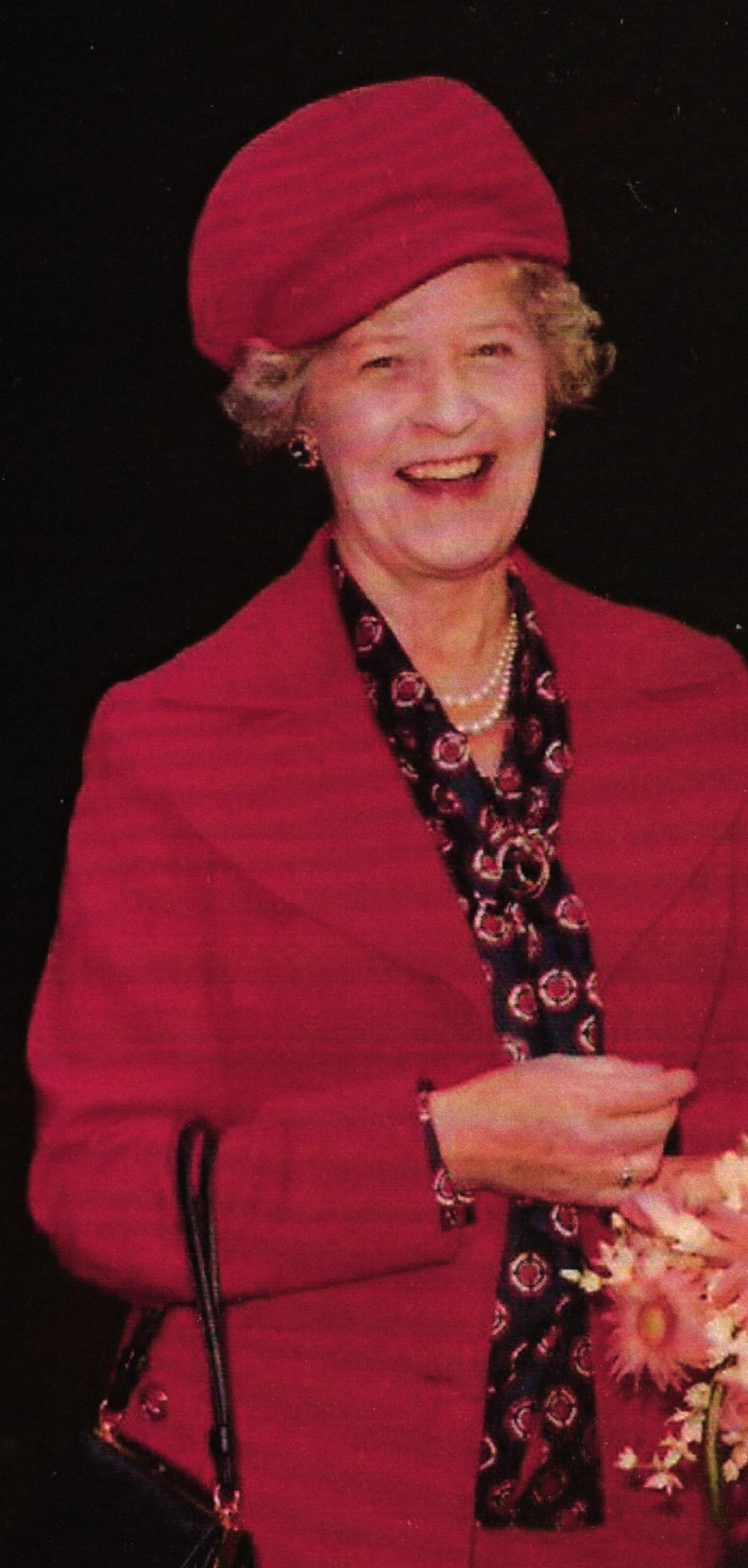
Her Majesty The Queen’s official visits to Brighton and Hove were documented in contemporary newspaper reports and live on today as a record of the City’s many links with the Crown.
Underneath public record, private recollections and anecdotes reveal hidden stories that never made it to the press. Excerpts from the diary of Miss Margery Roberts, Honourary Curator of Preston Manor from 1951 to 1970, provide us with a rare fragment of wonderfully chatty Royal reportage that could so easily have been lost to time had Margery not thought to publish her memoires in 1998 at the age of 91.
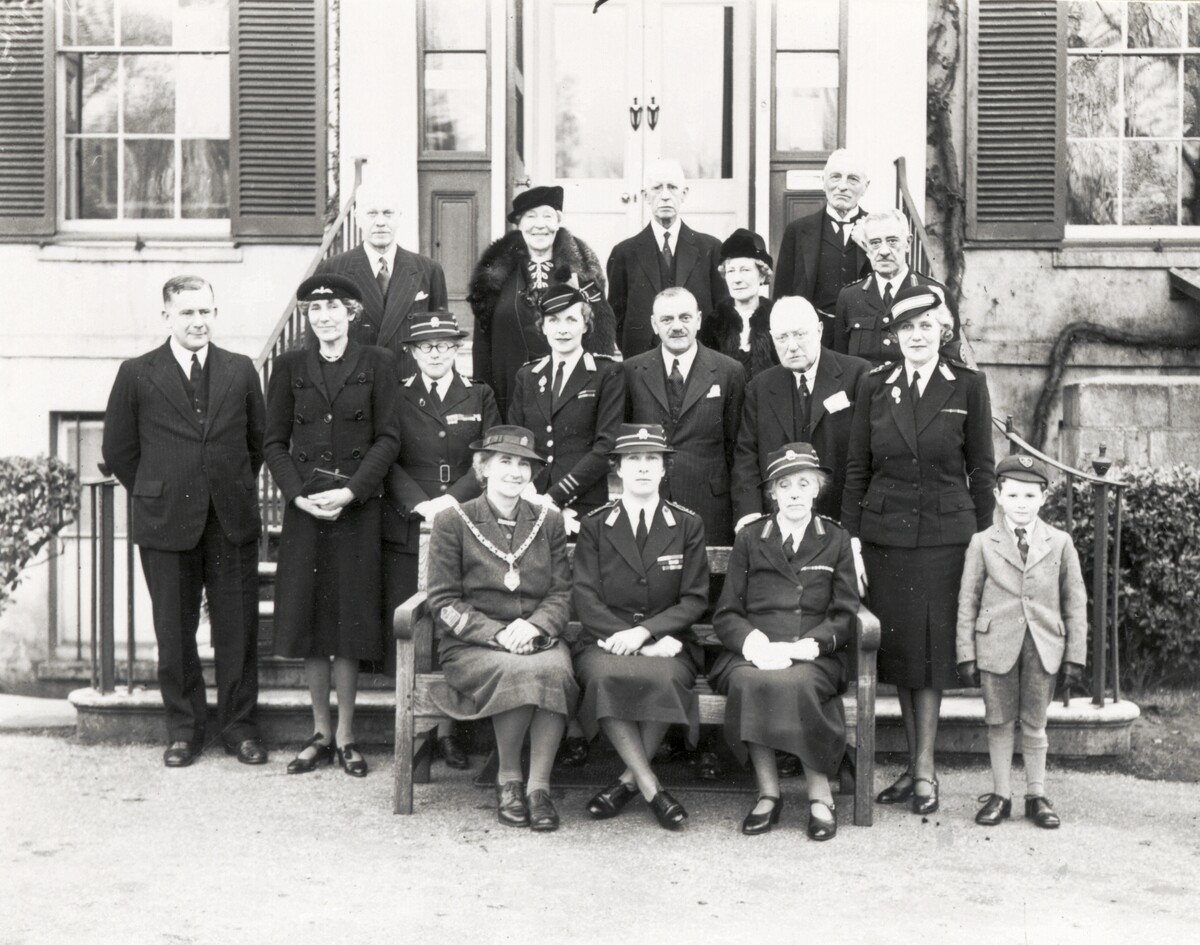
Margery Roberts was aged 38 in 1945 and living at Preston Manor with her parents. Margery’s father, Mr. Henry Roberts was employed as the museum’s curator, a role which came with grace-and-favour apartments in a private wing of the house.
Mr. Roberts had overseen Preston Manor’s war years with his customary diligence, steering the house through its temporary closure as a museum and fighting off the military authorities who wanted to requisition Preston Manor for war use. If this had happened the fragile interiors would certainly have been comprised. However, he did allow civil defence use.
During the war years 1939-1945, Preston Manor had numerous roles. It housed the ARP (Air Raid Precautions), personnel of Brighton Corporation, a First Aid Post and men of the Home Guard who are best remembered today as Dad’s Army, immortalised by the BBCTV series of the same name. Deep in the extensive wine cellars, a secret communications post was established with a messenger room, map room and telephone room as well as bunk beds to allow vital staff to keep the centre operational 24-hours. The return to civilian life in 1945 was a relief to the Roberts family who looked forward to re-opening Preston Manor as a museum. A special request from the mayor’s office provided a morale boost like no other, as told by Margery.
“…the 4th December was a Red Letter day for Preston Manor as HRH Princess Elizabeth came to tea there at the invitation of the Mayor of Brighton, Alderman Walter Clout. In the morning she had been to review the troops at King Alfred, Hove then onto the Royal Alexandra Hospital for Sick Children…”

The Royal Alexandra Hospital
The Roberts family had a connection with the children’s hospital in Dyke Road. The 1921 census shows Margery’s older sister Irene working as an appeals secretary there. Before the instigation of the National Health Service in 1947, hospitals in the UK were privately run although many operated as charities.
Irene Roberts worked in the fund-raising department. Princess Elizabeth was 19-years-old in 1945. Her task at the hospital was to open the Gillespie Wing. Later in the day she attended a concert at the Brighton Dome in aid of hospital funds. When Mr. Roberts filled in his 1921 census return he entered his address as The Royal Pavilion, Brighton. Remarkable for an ordinary family, the Roberts’s home was an ex-royal palace.

Margery’s eye for fashion
Margery’s memoires published as “A Time Remembered, a personal memoir of life in the Royal Pavilion & Preston Manor” reveal Margery as a woman delighting in costumes, hats, and other accessories. Black and white photographs of Princess Elizabeth’s 1945 visit to Brighton and Hove are bought to colourful life by Margery who also records family outfits on the day.
“…those days were very formal. Mother wore a navy satin-backed wool dress, a hat with feathers and her silver fox cape, while I wore a black velvet dress and hat with royal blue feathers. We both wore white kid gloves. It was a grey December day, rather cold, not a gleam of sun. Princess Elizabeth arrived at 3.50pm wearing a sage green coat, a brown velvet hat with sage green feathers and a green dress with a lace collar. She looked charming, but a little shy and her outfit was rather young for her age…”
A photograph taken at the evening concert at The Dome shows the Princess in this outfit as she greets a small boy who is attended by a nurse. Wartime winter chill is evident as the Princess wears her well-buttoned coat, hat, and stout lace-up shoes as she stands on the stage.
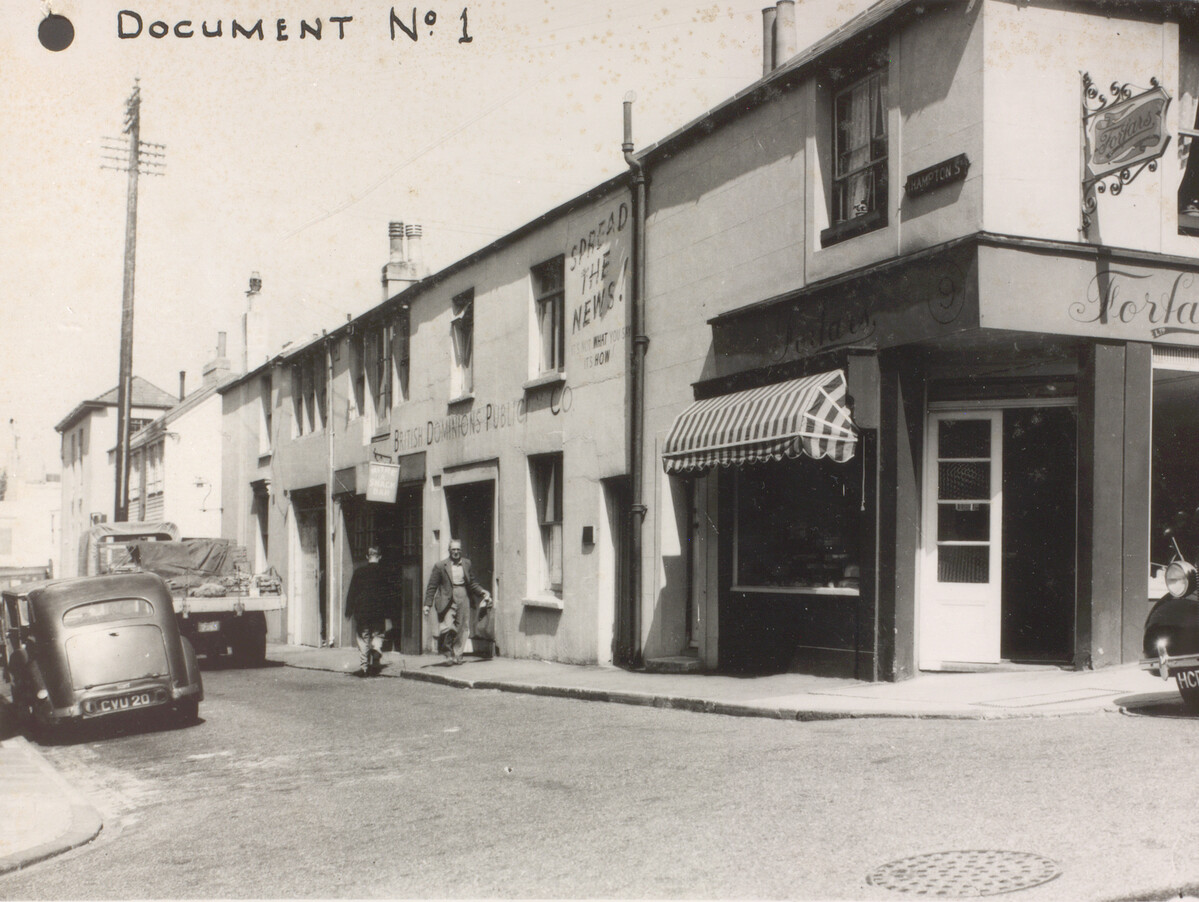
Tea is served
Refreshments served during Princess Elizabeth’s visit to Preston Manor were provided by outside caterers, the Brighton bakery firm Forfar’s, which will be remembered by many Brighton & Hove residents as a mainstay of local high streets. The company, trading as Forfars Bakers Ltd., was liquidated in 2015 just short of its 200th anniversary. The firm had been trading since 1818 when the Princess’s great-great-great granduncle George Augustus Frederick reigned as Prince Regent.
Margery recalled a present of a cake gifted by the staff at Forfars. In 1945 ingredients such as sugar and butter were tightly rationed meaning it was probable staff volunteered portions of their household ration to contribute to the cake. Iced cakes disappeared completely during the war years adding significance to the gift.
“…one of the most charming things about the tea was that Forfar’s made an iced cake, in the shape of a rose, for the Princess to take back for her sister, Princess Margaret Rose. I think that people now forget that her name is not just Princess Margaret, she always was Princess Margaret Rose, and Scottish friends tell me that in Scotland she was always called Princess Rose or Rosie…after tea we took the princess round the Manor, and she left at 4.55pm. It was a wonderful occasion and one I shall always remember…”

The Mayor causes a scandal
No detail escaped the observational Margery. Born into the Edwardian age and profoundly class conscious she was well-versed in correct form and matters of etiquette. Furthermore, she had met royalty already and in private whilst living in the Roberts family apartments at the Royal Pavilion.
Prior to taking up his post as Curator of the museum at Preston Manor in 1933 Mr. Roberts held the distinguished position as Director of the Royal Pavilion, Libraries, Museums and Art Gallery in Brighton.
Queen Mary, the Princess’s grandmother, made many visits to the Royal Pavilion and became good friends with Henry Roberts who she outlived by two years. When Mr. Roberts died in January 1951, Queen Mary sent her heartfelt condolence “and deep sympathy to Mr. Roberts’s daughter in her loss.” Words direct from a Queen would have touched Margery to the core.
Modes of propriety and manners in 1940s and 1950s Britain would strike many people today as constricting. Behaviour in public and in private has changed. What has not changed is a strict matter of decorum in the presence of royalty and that is the impropriety of touching the monarch. Shaking hands is permitted if the hand of royalty is extended first. Margery and her mother Margaret wear their best white kid gloves in anticipation of such a greeting by HRH Princess Elizabeth as they line up in the Manor’s entrance hall that cold grey afternoon in December. Shortly after the Princess’s arrival the unthinkable happens, as Margery relates.
“…as we walked along the corridor the mayor went to put his arm around the Princess’s waist, she made no comment but visibly stiffened…”
The following day everyone returns to Preston Manor and chat excitedly about their experience and re-live events of the day Margery said she would always remember. The mayor’s lapse in etiquette is pointed out by scandalised Margery.
“…he said, ‘you know, I treated her like one of my daughters,’ and I said, ‘so I noticed.’ Apparently, there was a note in my voice as mother said, ‘you shouldn’t speak to the mayor like that.’ But it was true!…”
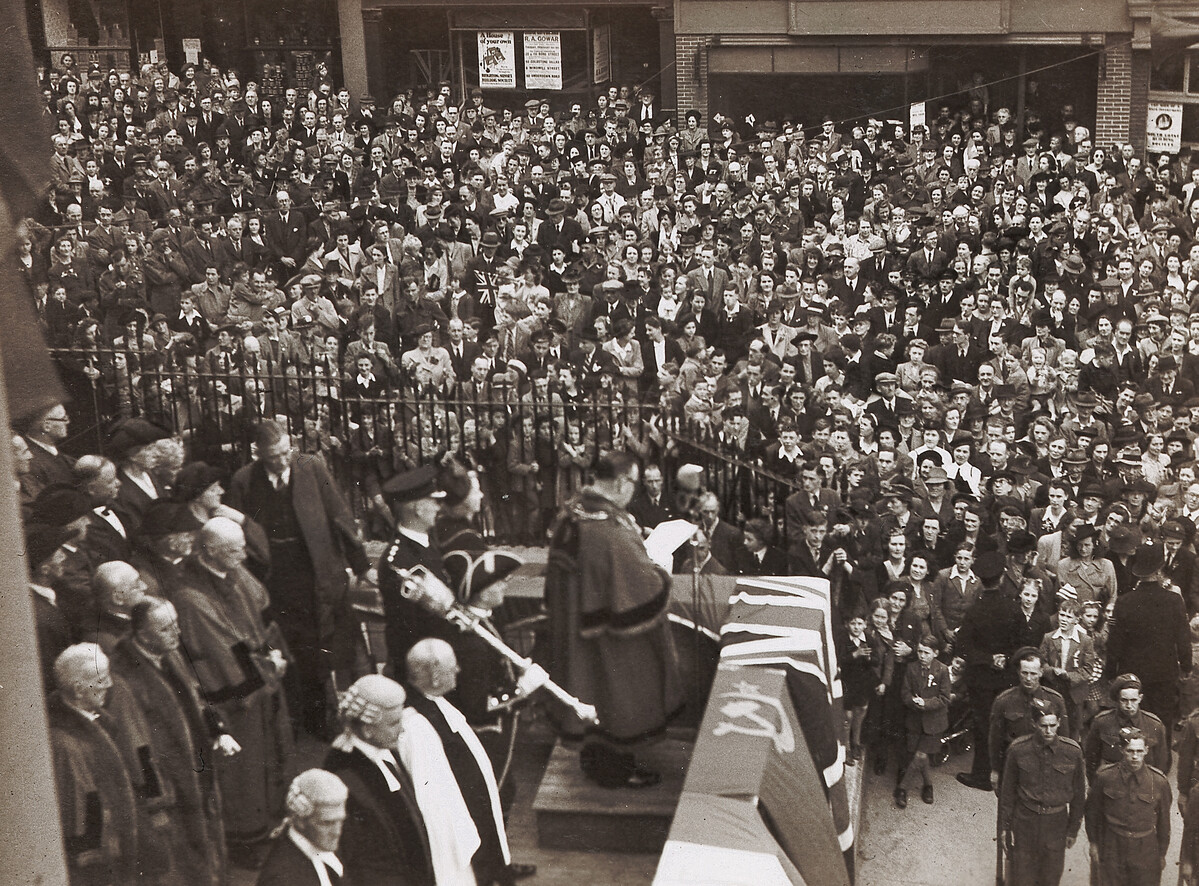
Lady-in-waiting
The Princess was accompanied by her lady-in-waiting, the Hon. Mrs Vicary Gibbs who Margery describes as “very easy and friendly.” Mrs Gibbs was a widow at 22 years of age. Her 23-year-old husband Captain Vicary Paul Gibbs of the 1st Battalion Grenadier Guards died in action in September 1944 one day after their second wedding anniversary.
Born Jean Frances Hambro in 1923, Jean was one of only a handful of people who accompanied the Princesses Elizabeth and Margaret when they sneaked out of Buckingham Palace to mingle anonymously with the crowds at the VE Day celebrations on May 8th that year. Happily, Jean soon married again, and Princess Elizabeth was one of her bridesmaids.
In 1953 Jean had a place in her friend’s Coronation Procession. For eight years Jean’s duties included accompanying the Princess to public engagements and acting as her chaperone. She would even be called to babysit Prince Charles and Princess Anne.
Jean died aged 94 in December 2017.

Walk in the steps of HRH Princess Elizabeth
Visitors to Preston Manor today can re-trace the steps of the young women described by Margery as she talks her reader through the mayor’s over-friendly actions. As is customary when a royal person makes a visit, a private room in which to rest was set aside at Preston Manor for the Princess’s use. Margery and her mother chose the room known today as Ellen Thomas-Stanford’s Morning Room. The layout of the room has not changed since 1945. On that day the special guests were allowed to sit on the furniture bequeathed by Ellen Thomas-Stanford. The chair used by the Princess is not known, but there are only two comfortable armchairs in the Morning Room. Her Majesty Queen Elizabeth II sat on one of them.
After taking rest, the Princess Elizabeth and her lady-in-waiting exited the Morning Room, turned right, and re-entered the entrance hall. Here Henry Roberts took charge.
“…my father began to show the princess a few of the pieces of silver and furniture. He asked, ‘are you interested in antiques, Ma’am, as your grandmother is?’ And Princess Elizabeth said ‘well, not quite as much.’ I remember thinking that at least she was honest…”
A postcard contemporary to the period shows two wooden display cases filled with silver items in the Manor’s entrance hall. It was between the two, or somewhere thereabout, that the above question was asked. The party then moved towards the corridor, the Princess guided by the Mayor of Brighton, Alderman Walter Clout who, in his enthusiasm, broke the code of royal etiquette noted by Margery who was following behind.

A long day in winter
Tea taken in the Manor Drawing Room seated at little tables would have been an occasion of the most formal sort in which nobody could possibly have felt relaxed. Darkness had fallen by the time tea was served. Wartime low wattage lighting and chill due to fuel scarcity would have made an already gloomy day press on the spirits of even the jolliest character. However, doing her duty, as was her lifetime vow, Princess Elizabeth, still only a teenager, departed Preston Manor with the evening’s function at the Dome still lying ahead of her.
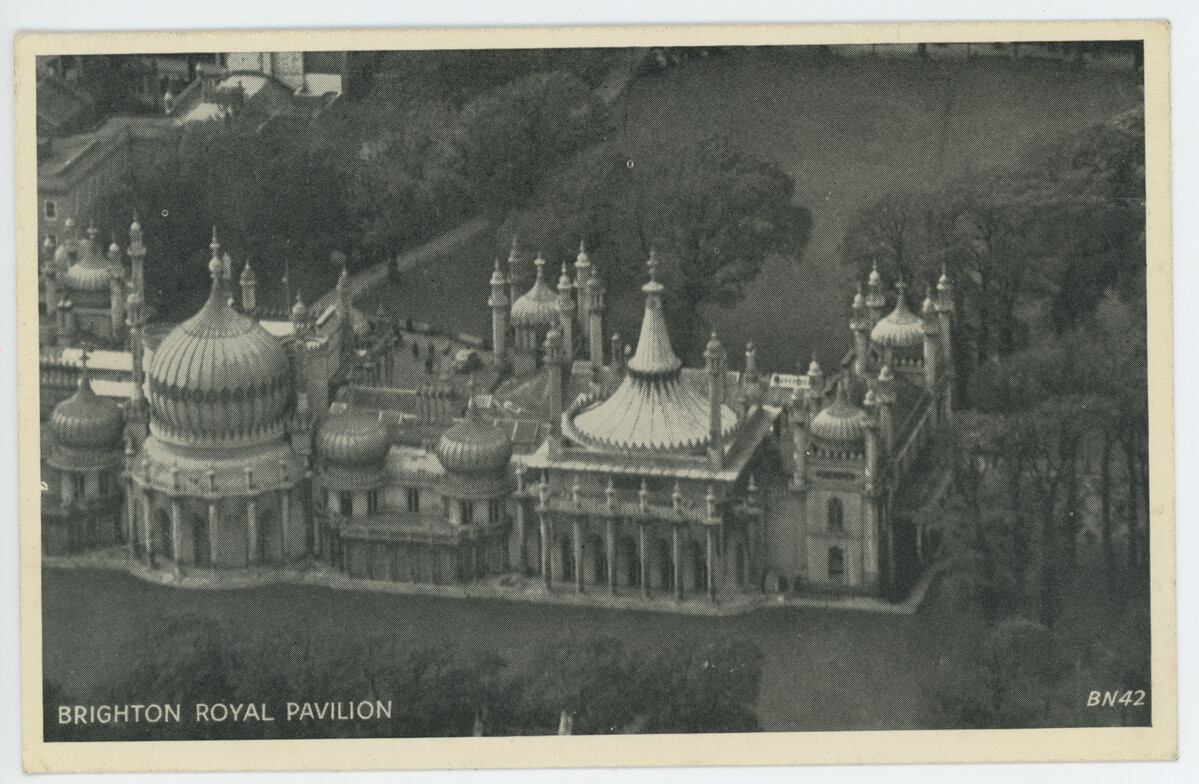
Another 70th anniversary
The Royal Pavilion was Grade 1 listed on 13th October 1952, meaning it reached its 70th anniversary year along with Her Majesty.